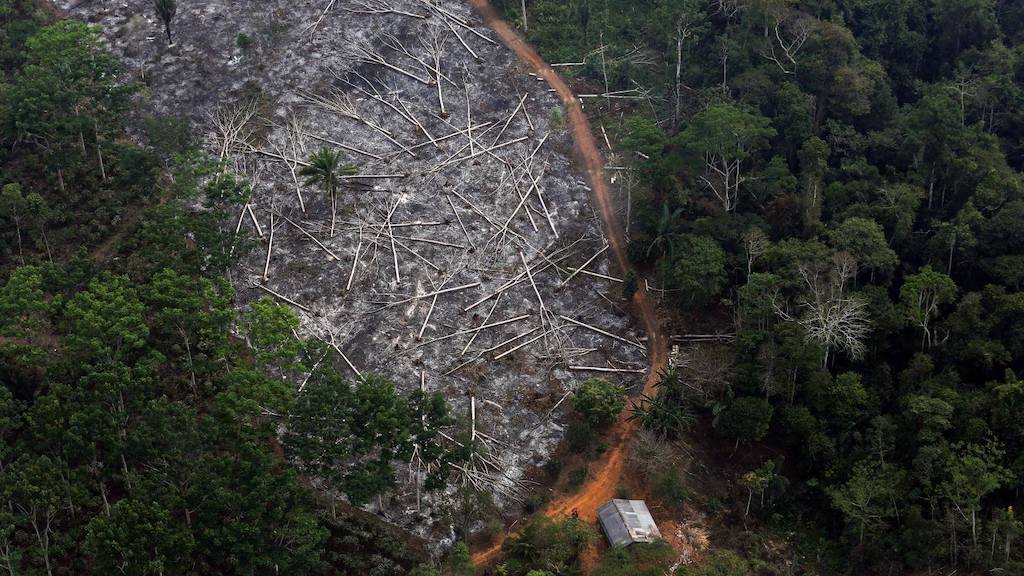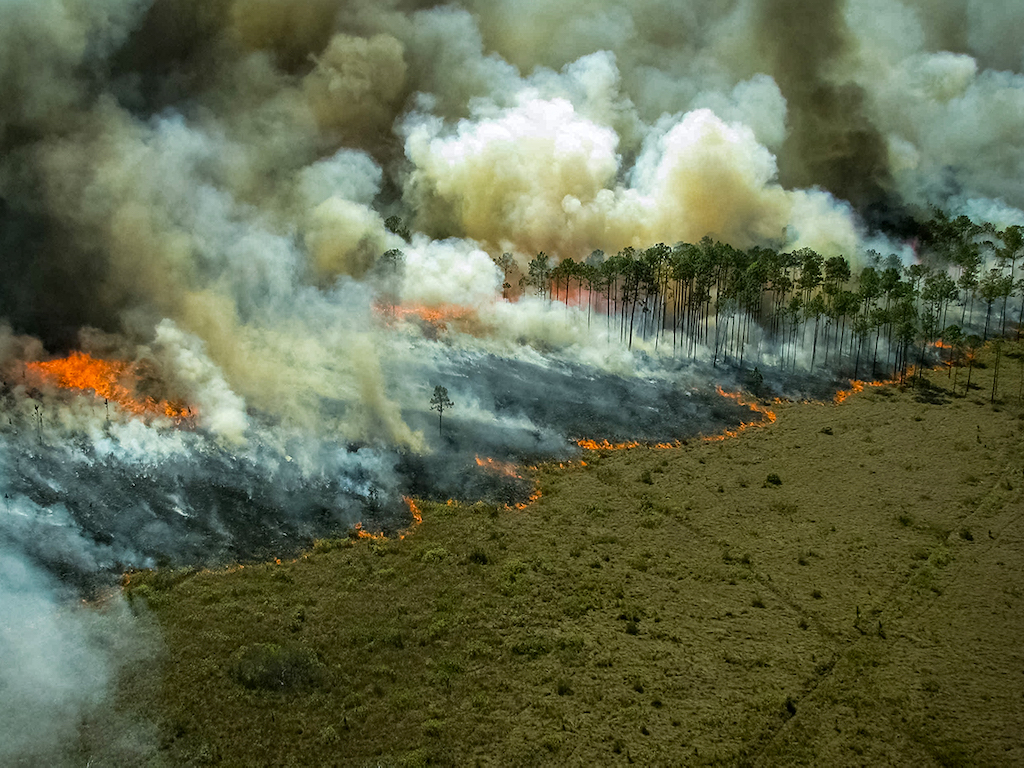4 Mins Read
The Amazon rainforest is now having a net warming effect on climate change, after years of humanity’s destruction of our planet’s crucial carbon absorption resource. In what is the first-ever study of all the human and natural causes contributing to how the world’s largest rainforest impacts our climate, scientists warn that the impact of our activities on the entire environmental system of the Amazon is “worse than we realise”.
An international team of 28 scientists supported by the National Geographic Society has concluded for the first time that the Amazon rainforest is now contributing to climate change. The research, published in the peer-reviewed journal Frontiers in Forests and Global Change, marks the most comprehensive analysis to date of all the causes driving the Amazon rainforest’s interactions with the climate.
“We looked at the entire environmental system of the Amazon, trying to consider more than just carbon dioxide,” explained lead author Professor Kristofer Covey of Skidmore College in New York.
“By evaluating the combined impact of these factors for the first time, it became clear that the Amazon is not providing the climate benefit we expect from the world’s largest rainforest.”

We looked at the entire environmental system of the Amazon, trying to consider more than just carbon dioxide.
Professor Kristofer Covey, Skidmore College
The researchers undertook their research in Brazil, reviewing more than a decade of data that led to changes in the Brazilian Amazon rainforest, such as deforestation, mining, development, wildfires, illegal land-clearing and emissions that come from not only carbon dioxide, but other greenhouse gases such as methane and nitrous oxide.
Read: Global deforestation soared 12% in 2020, despite pledges to fight biodiversity loss
While they have been less of a focus in the climate discussion, methane and nitrous oxide are far more potent greenhouse gases, though they have a shorter lifespan in the atmosphere. Nitrous oxide, for instance, is 300-times more potent than carbon dioxide.
When the scientists considered all these factors, they found that the Amazon is now being pushed to its brink, and rapidly approaching its “tipping point”. Years of resource extraction, damming rivers and converting forest land for livestock raising and soybean production for animal feed has altered the Amazon rainforest’s natural ecosystem, and its ability to take up carbon is far more diminished than it was previously.
“Cutting the forest is interfering with its carbon uptake; that’s a problem,” said Covey. “When you start to look at these other factors alongside CO2, it gets really hard to see how the net effect isn’t that the Amazon as a whole is really warming global climate.”
We have this system that we have relied on to counter our mistakes, and we have really exceeded the capacity of that system to provide reliable service.
Dr. Fiona Soper, Assistant Professor, McGill University
Despite the dire outlook, Covey and the research team say that the damage can be reversed – if drastic measures are taken. Putting an end to the deforestation of the rainforest will be the top priority, along with other actions such as reducing dam building and replanting trees in the region. Slashing emissions from fossil fuels will also help to “restore balance”.

The outlook in the Amazon is that the impacts of human activities will be worse than we realise.
Patrick Megonigal, Associate Director of Research, Smithsonian Environmental Research Center
“We have this system that we have relied on to counter our mistakes, and we have really exceeded the capacity of that system to provide reliable service,” said study co-author Dr. Fiona Soper, an assistant professor at McGill University.
Professor Rob Jackson, an earth systems scientist at Stanford University and a leading expert on global greenhouse emissions, says that one of the key learnings from this latest study is the need to focus on more than carbon dioxide emissions when it comes to saving the Amazon rainforest.
“The Amazon is vulnerable, and we tend to get tunnel vision about one greenhouse gas alone,” said Jackson.
“CO2 is not a lone actor,” added Patrick Megonigal, associate director of research at the Smithsonian Environmental Research Center. “When you consider the whole cast of other characters, the outlook in the Amazon is that the impacts of human activities will be worse than we realise.”
Lead image courtesy of Pixabay.




